I design a system with several devices connected to 400kHz I2C interface with wires.
For now, I get shark fins instead of square waves, so I decrease pull up resistors value. The MCU, which drives the I2C communication is STM32F303, and its datasheet states: "I2C Fast mode plus (1 Mbit/s) with 20mA current sink". Does it mean that each pin (Data and Clock) can sink 20mA, and is it sustainable current or short peak value?
I am testing 500 Ohm resistors on my 3.3V system now. 3.3V/500Ohm = 6.6mA. I still get errors and the square is not good enough, I guess. May I go lower, 250 maybe?
Edit: I tried 340 Ohm resistors (around 10mA sink), and it is working for now. Almost no errors (1-2 per minute maybe, under load).
The system has motors, when motor load goes up, errors increase. I am using ferrite rings on the motor lines. Moving motor wires and I2C lines around does not seem to affect anything. I see some noise via oscilloscope. The only thing that affects error count for now is resistors values.

